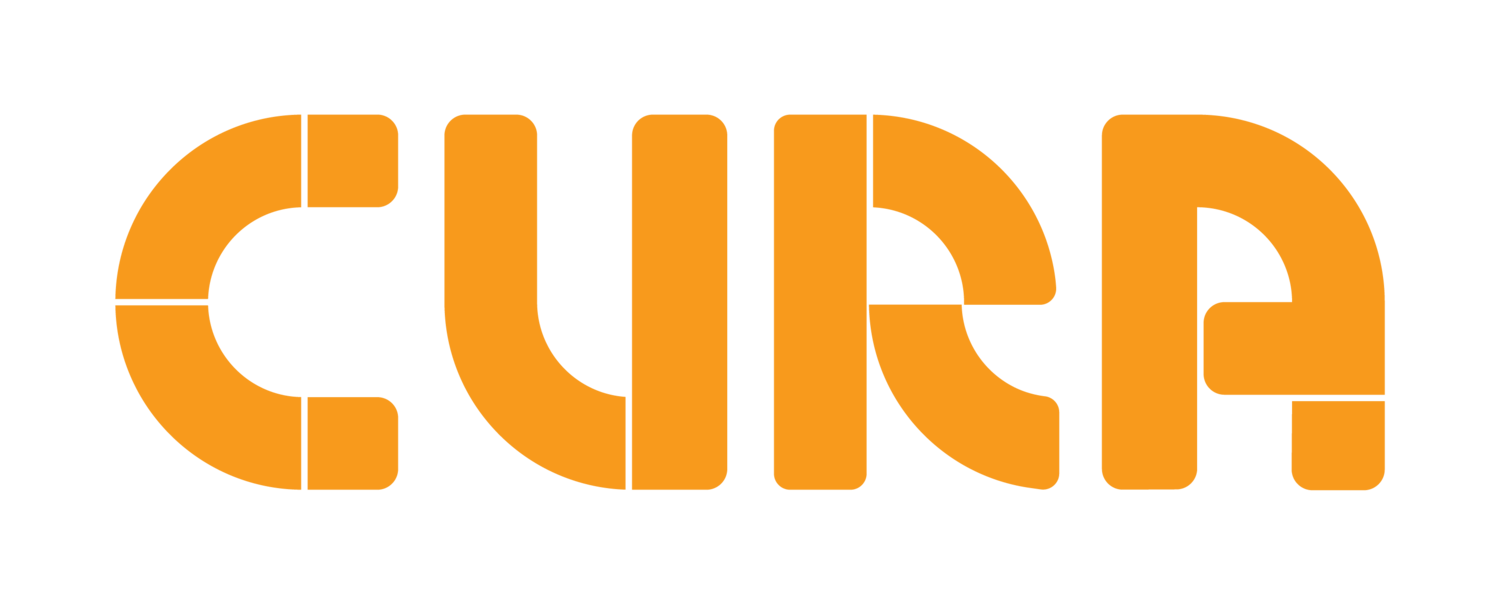How to help students resolve team conflict
This article is part of our series on how to help students develop their collaborative superpowers and maximise the effectiveness of working in teams across a PBL project. To learn more about how we teach collaboration, see here.
Team conflict is a source of frustration for students and teachers alike within PBL projects. It can sour the interpersonal dynamics within a team and derail the team’s productivity. In extreme cases, teams might become entirely dysfunctional and must be re-formed to ensure students are motivated to work through the rest of the project.
In our experience, the number one reason why students can struggle with PBL is that they don’t have the skills or the techniques to resolve conflict. That isn’t surprising – most adults struggle with managing and working through interpersonal conflict, so if we don’t teach these skills to students it follows that they will also find it hard. But the need to resolve conflict is even more acute for students working in groups because they are learning for the first time how to work productively and harmoniously as a member of a team. If students can’t manage and deal with conflict themselves, the inevitable small disagreements can blow out to something far more serious and crippling for the team.
The key is to give students the tools to resolve intra-team conflict themselves before it gets to the point where a teacher needs to intervene. If students can confront and deal with disagreements when they arise, they will improve their ability to take responsibility, give and receive feedback, and correct their behaviour themselves. If a teacher needs to intervene – either to resolve a conflict or even to change group composition – by then it is often too late. Trust will have been broken within the group or students will become disinterested and demotivated.
How, then, should students manage their team to help them reduce conflict? We recommend using team reflections as the tool for them to assess how they are working and to unearth any tension or resentment within the team. This can be done on an informal basis – which we call a pulse check – or, if conflict exists, to help identify, mediate, and solve that conflict. We call this a team surgery.
Pulse check
A pulse check can be used as part of an ordinary team reflection when nothing is overtly wrong within the team. The exercise can therefore be used to quickly ensure each team member is on the same page, is happy with how they are working, and to make any small adjustments which are needed or to bring attention to a team rule or expectation which they can improve on.
A pulse check should not be used if the team is fundamentally dysfunctional or if clear conflict exists – in this instance, the team surgery (below) should be used. However, a simple pulse check might reveal a deeper dysfunction within the team; in that instance, the team should progress to the team surgery if this dysfunction has been identified.
In the simple pulse check, a team should review their performance against each of their team expectations which they agreed on at the start of the unit. Each student provides a rating (per the below) and then shares it with the team.
Green – the team are consistently displaying and sticking to this expectation
Yellow - the team sometimes display and stick to this expectation, but other times do not. Improvements can be made
Red - the team rarely displays and sticks to this expectation. Improvements need to be made and prioritised
Differences in opinion should be discussed and teammates must allow each other to speak and seek to understand what is being said. It will often happen that some team members think everything is fine whilst other team members – who might have different work or communication preferences – might feel differently. Getting to the heart of these differences in opinion is critically important in ensuring that each team member feels heard and that teams can identify any issues while they are small. They can fix them before they snowball and cause dysfunction or major conflict within the team.
However, the initial discussion should centre on why people chose different ratings. Students shouldn’t jump into problem-solving mode just yet – they should try and understand why different team members perceive differences in how the team is working. It might be that one student feels sidelined or excluded, or that one student feels like their input into team decisions isn't being heard or valued. This might not be immediately obvious to their teammates, so this exercise of allowing everyone to speak about their own experience is crucial in forming a shared understanding.
Once this discussion is complete, students should agree on which of their team rules/expectations must be improved. Individual students can draw upon their learner profiles and user manuals to create strategies, or the team can develop situational strategies to manage the root causes of why they are falling short of their expectations.
Teams should agree on the strategy and then set a next date for a follow-up team pulse check. The key is to do this regularly – particularly when a proactive measure has been adopted to improve their scores – to ensure it is working instead of the problem getting worse. The goal is for each team to move all of their scores for each rule/expectation to green.
Surgery
Where groups are dysfunctional, full of conflict, and on the brink of falling apart, a more incisive reflection should take place. The purpose of this is for students to confront the root of their conflict head-on to try and short-circuit it. This process may be difficult for some students – especially if they are a chief contributor to the group conflict – but it is a necessary step in solving these issues and creating group cohesion again. Depending on the severity of the conflict and/or the emotional maturity of the students, this might need to be led or mediated by a teacher.
The dysfunctions
The team surgery’s premise is for students to evaluate their team against a set of dysfunctions based off Patrick Lencioni’s Five Dysfunctions of a Team. These dysfunctions are:
An absence of trust comes from group members being unwilling to be vulnerable with each other. This relates to their inability to show weakness (that they don’t know how to do something or are finding something challenging)
This then creates the conditions for a fear of conflict to thrive. This manifests itself in teammates not being able to raise concerns they have with each other or voice a disagreement with an idea, plan, or suggestion. Everyone preserves a veneer of cohesion to avoid conflict but only succeed in creating an artificial harmony which doesn’t last
In many cases, a fear of conflict leads to a lack of commitment. If teams can’t debate vigorously about which idea to pursue or which parts of a task each team member is responsible for, team members won’t ‘buy in’ to their plans or feel like their voice is heard. This has a powerful and negative impact on motivation and goal orientation
If teams aren’t committed, they generally either avoid or side-step accountability. Teams don’t commit to a clear plan of action or set clear, unambiguous goals. Individuals don’t take responsibility for their work and point the finger elsewhere when things don’t go to plan. This goes hand in hand with a fear of conflict – team members don’t call each other out if work is not done or is of a poor standard, which only further permits it
The sum total of this is an individual focus. Team members focus on themselves and put their own needs above those of the team. There is no leadership or collective group culture
Conducting the team surgery
Each student should be given a short questionnaire which they should complete separately. This will ask them a series of questions about their team which they are to answer truthfully using a predefined scoring system. They can then score their answers for the questions on each dysfunction to determine whether it exists in their team.
You can see an example of these questions in the worksheet below.
Each student should share their scores for each dysfunction and explain, citing examples from their group where they can, why they arrived at a certain score. Students need to be honest in confronting the source of the dysfunction, even if that means highlighting actions which they or other students have done. Whilst this isn’t about blame or character assassination, the exercise only works if students can dispassionately discuss who or what is contributing to the discussion. If students are honest with themselves, every team member will in some way be contributing to it.
Students shouldn’t argue with each other or disagree if their scores are different. Again, the key here is not to ‘wrong-spot’ – or look for reasons why another’s interpretation is wrong – instead, students should ‘difference-spot’ and think about why they have a different point of view. Ultimately, what is important is that each student feels like they had a say and were listened to, and for every concern and grievance to be put on the table. Often, offloading this emotional baggage goes a long way to resolving conflict.
Once each student has shared their perspective and their scores, the team should converge on an agreed-upon summary of the sources of their dysfunction. This does require a meeting of the minds, as it is the first step in building group commitment and ownership of the problem and the steps needed to resolve it. Following this, they can develop strategies to solve this dysfunction, preferably with a teacher’s help.
The resolution
There is no quick fix for a dysfunctional team. It takes work by all team members and is an ongoing process. Frequently, a team that works through a team surgery might show small signs of improvement before one event triggers a slide back into dysfunction. This is natural and all part of helping students build their own self-sufficiency.
Be patient and take a long-term view – asking students to confront the dysfunction and work on improving it is both necessary for this immediate project and is also an invaluable skill which students are developing for life. They will improve if given the time and the tools – the pulse check and the team surgery are therefore crucial components of every teacher’s collaboration toolkit.
Do you know an educator who would be interested in learning more about how to build collaborative skills in students? If so, please share this article with them!
If you are passionate about teaching collaboration and want to learn more, get in touch with us at info@edustem.com.au. We’re always happy to exchange ideas with our PBL community!



